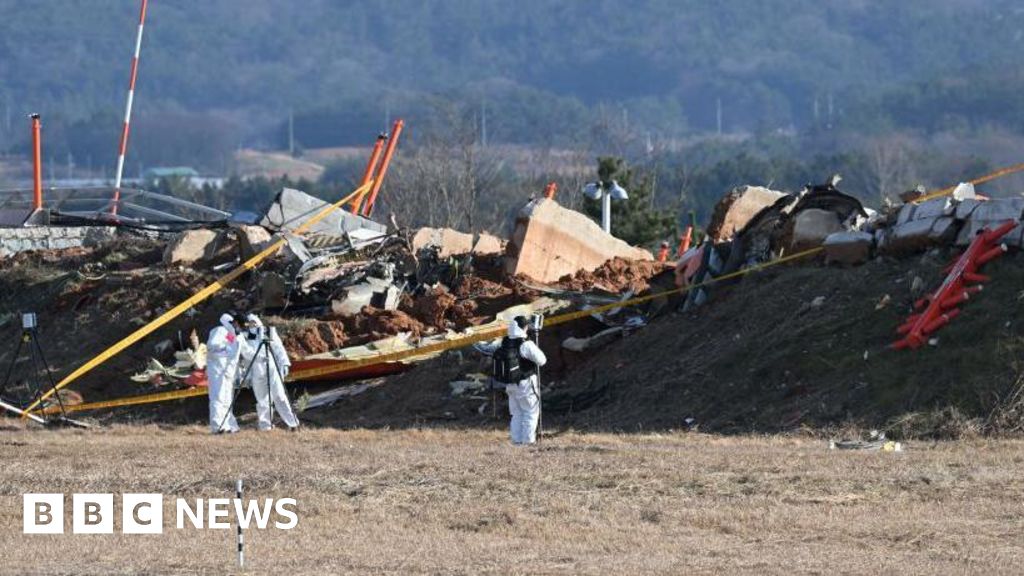
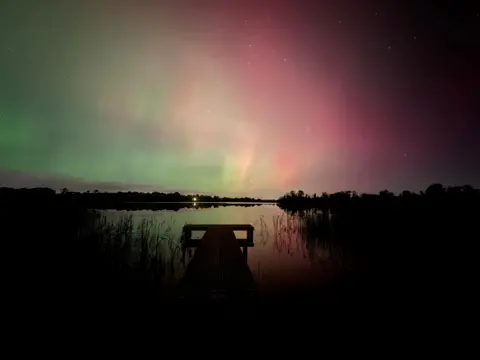 Julian Fowler
Julian Fowler
County Fermanagh, Northern Ireland
The Northern Lights have splashed vivid colour across UK night skies once again, with stunning images captured all across the country.
The lights, also known as aurora borealis, were expected to be seen only as far south as the Midlands, but last night, according to BBC Weather was the strongest and most widespread showing of the phenomenon in the UK since May.
As solar activity weakens, it might still be possible for those in some Northern areas to see the lights on Friday, but elsewhere, the chances are low, said BBC Lead Weather Presenter, Simon King.
BBC Weather Watchers' readers and viewers sent in almost 5000 photos of the lights - here are some of the best along with some agency pictures and snaps shared with the BBC on social media.
Northern Lights spotted over Renfrewshire in Scotland

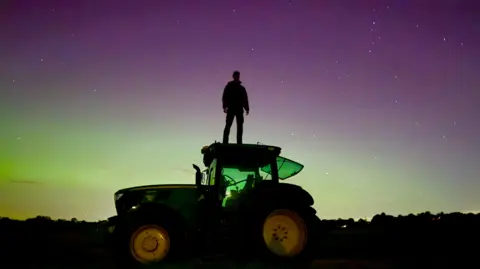 EmWin/Weather Watchers
EmWin/Weather Watchers
Frieth, Buckinghamshire
Mr King said the Northern Lights had been visible right across the UK and into continental Europe "after an extremely geomagnetic storm - G5" which is the "highest" on the 1-5 scale.
"Starting around 19:00 BST," he said, many people were able to view the aurora. It then "weakened slightly" for a time, before it "came back even stronger around midnight and continued until dawn on Friday."
Meteorologists advise a long exposure camera is used to capture the auroras, as the phenomenon is not always visible with the naked eye.
However, many people reported they were able to see some of the colours with the naked eye further south.
"What used to be a once-in-a-lifetime event for people to see it in the UK – or a bucket list trip to the Arctic circle – has become more common in the last couple of years," said Mr King.

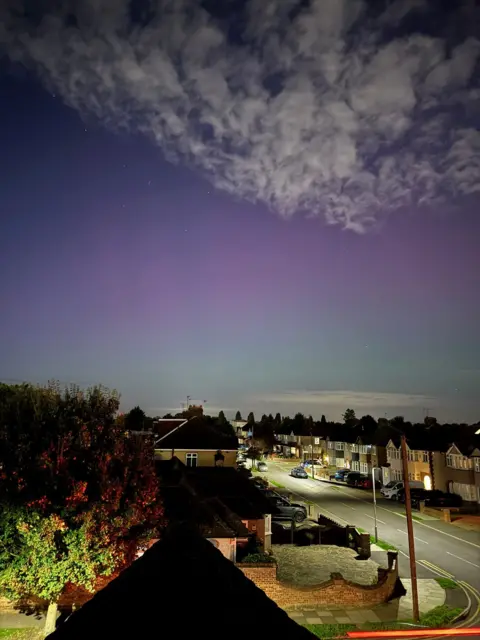 Joe/Twitter
Joe/Twitter
Greater London

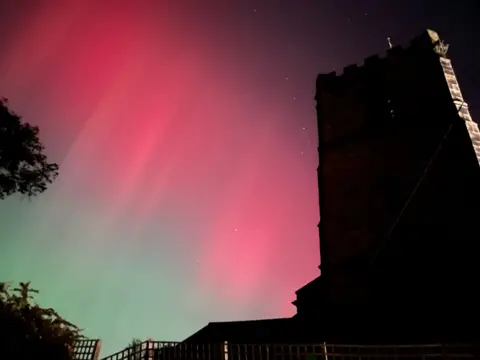 Michaela Howard
Michaela Howard
Cheshire

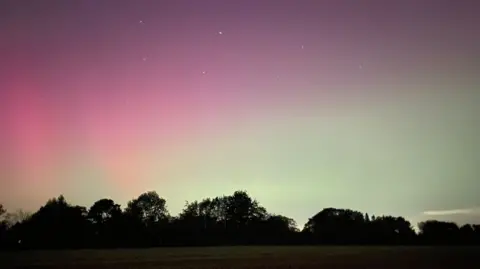 Caroline Alton
Caroline Alton
Buckinghamshire

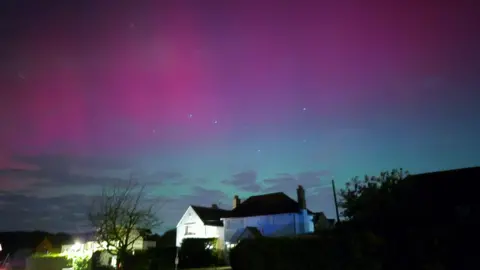 Janna Holder
Janna Holder
Seer Green, Buckinghamshire

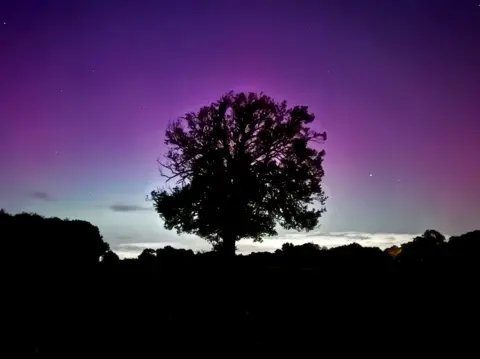 Matt Graveling
Matt Graveling
Seer Green, Buckinghamshire

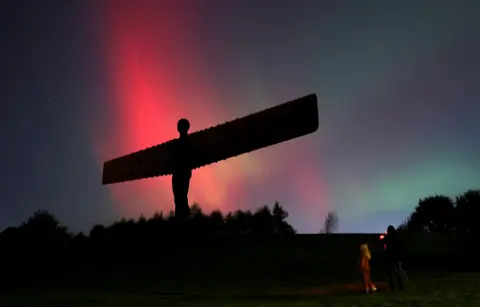 Reuters
Reuters
Angel of the North, Gateshead

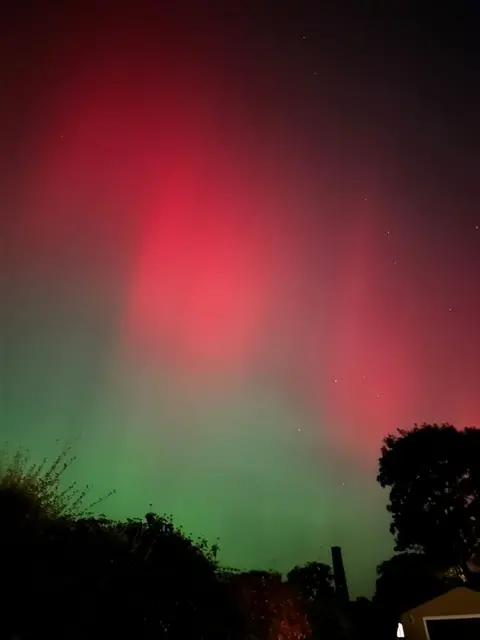 Gracie Nuttall
Gracie Nuttall
Barrowford, Lancashire

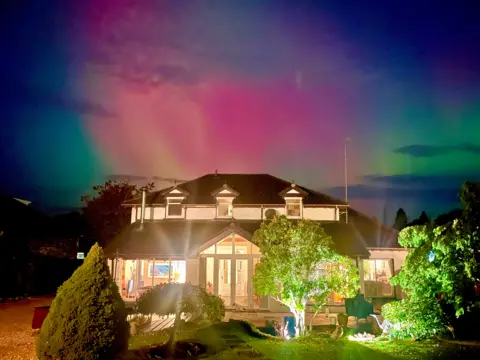 Ian Johnson
Ian Johnson
Renfrewshire, Scotland

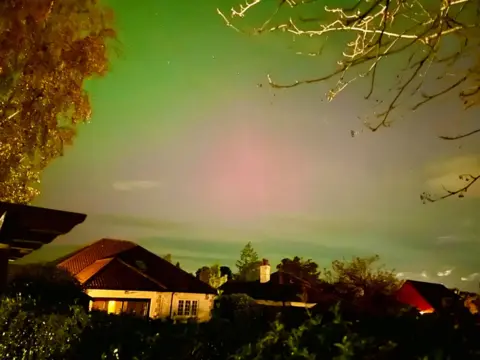 Ian Johnson
Ian Johnson
Renfrewshire, Scotland

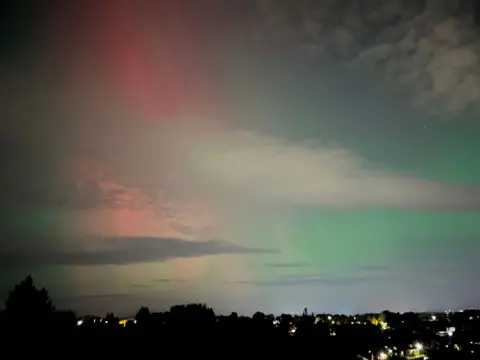 Kevin Jackson
Kevin Jackson
Thornliebank, Scotland

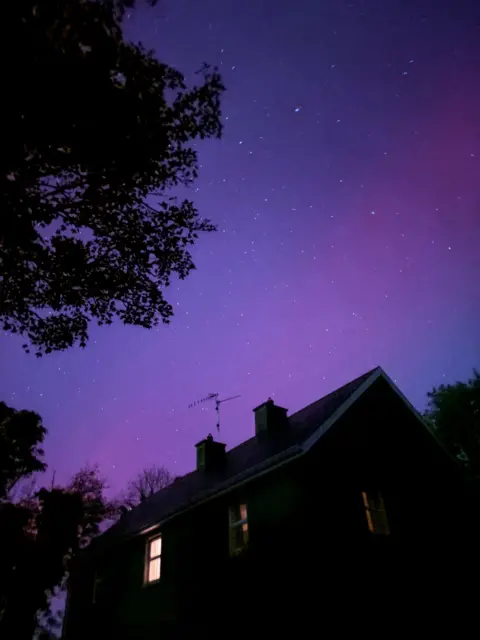 Matt Fox
Matt Fox
County Fermanagh, Northern Ireland
Aurora displays occur when charged particles collide with gases in the Earth's atmosphere around the magnetic poles.
As they collide, light is emitted at various wavelengths, creating colourful displays in the sky.
The auroras are most commonly seen over high polar latitudes, and are chiefly influenced by geomagnetic storms which originate from activity on the Sun.

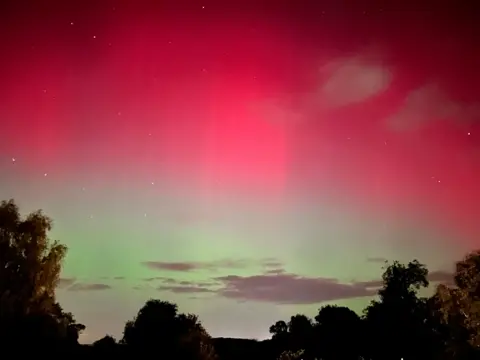 Carroll Weston
Carroll Weston
Great Oxendon, Northamptonshire

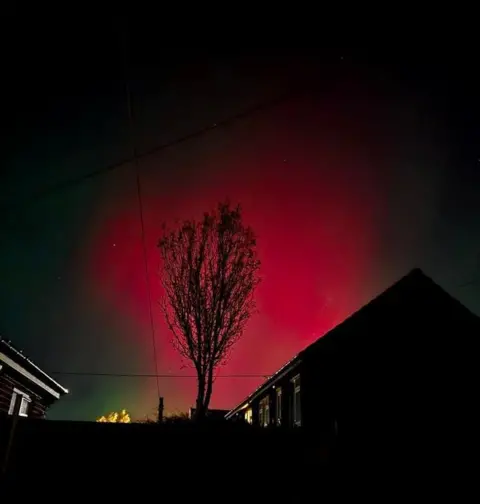 Alan Forrest
Alan Forrest
Durham
The UK has seen more of the Northern Lights in 2024 than in many recent years.
BBC Lead Weather Presenter, Simon King said increased UK sightings were helped by the Sun reaching a "maximum" in it's 11-year solar cycle.
He said "during this maximum, the number of sunspots increases which leads to more Coronal Mass Ejection's sending charged particles to Earth, creating the aurora."
"With overall high activity on the Sun with lots of sunspots, there is a high chance we'll get more of these Coronal Mass Ejection's directed to Earth in the coming months."

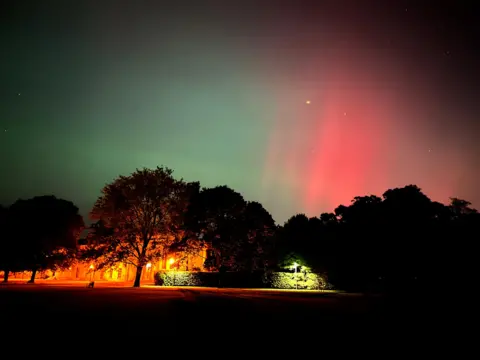 Cloudyapple/Weather Watchers
Cloudyapple/Weather Watchers
Petersfield, Cambridgeshire

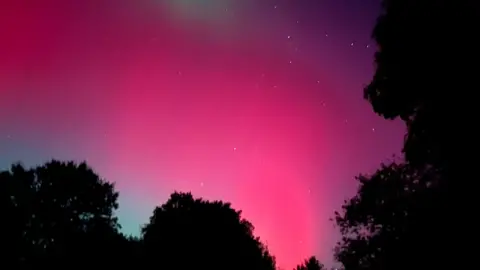 Steve Hubbard
Steve Hubbard
Yelling, Cambridgeshire

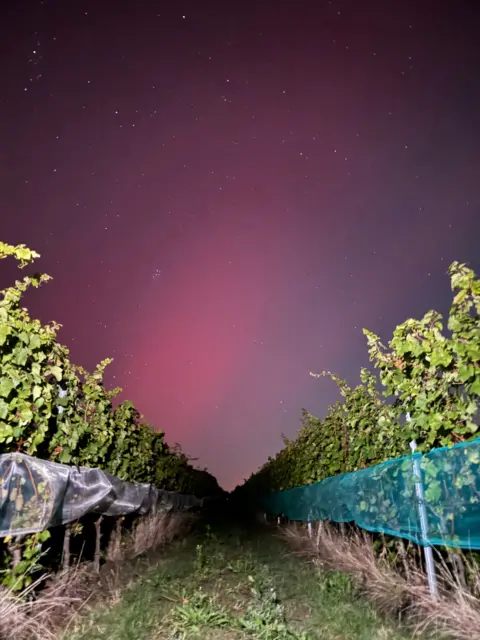 Katie Yesil
Katie Yesil
A vineyard in Hullbridge, Essex
However, experts say whilst it will still be possible to see the Northern Lights in the UK once the Sun passed its peak, stargazers should expect a "gradual decline" in visibility.
The auroras have been particularly visible in 2024 due to the biggest geomagnetic storm since 2003, according to Sean Elvidge, a professor in space environment at the University of Birmingham.
Craig Snell, a weather forecaster at the Met Office, said a solar storm caused a powerful flare from the sun on Wednesday, which arrived in our atmosphere on Thursday evening.
He said the strength of the lights would ebb and flow throughout the evening, but the lights may be captured at different times throughout the night.

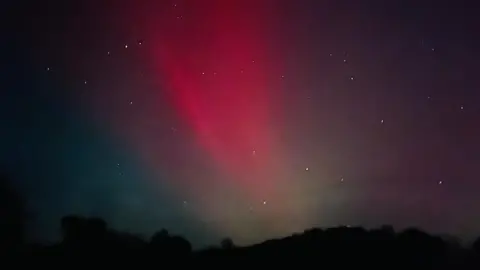 NatalieLovescake/BBC Weather Watchers
NatalieLovescake/BBC Weather Watchers
Llanybydder, Carmarthenshire
 (1).png)
 2 months ago
12
2 months ago
12


